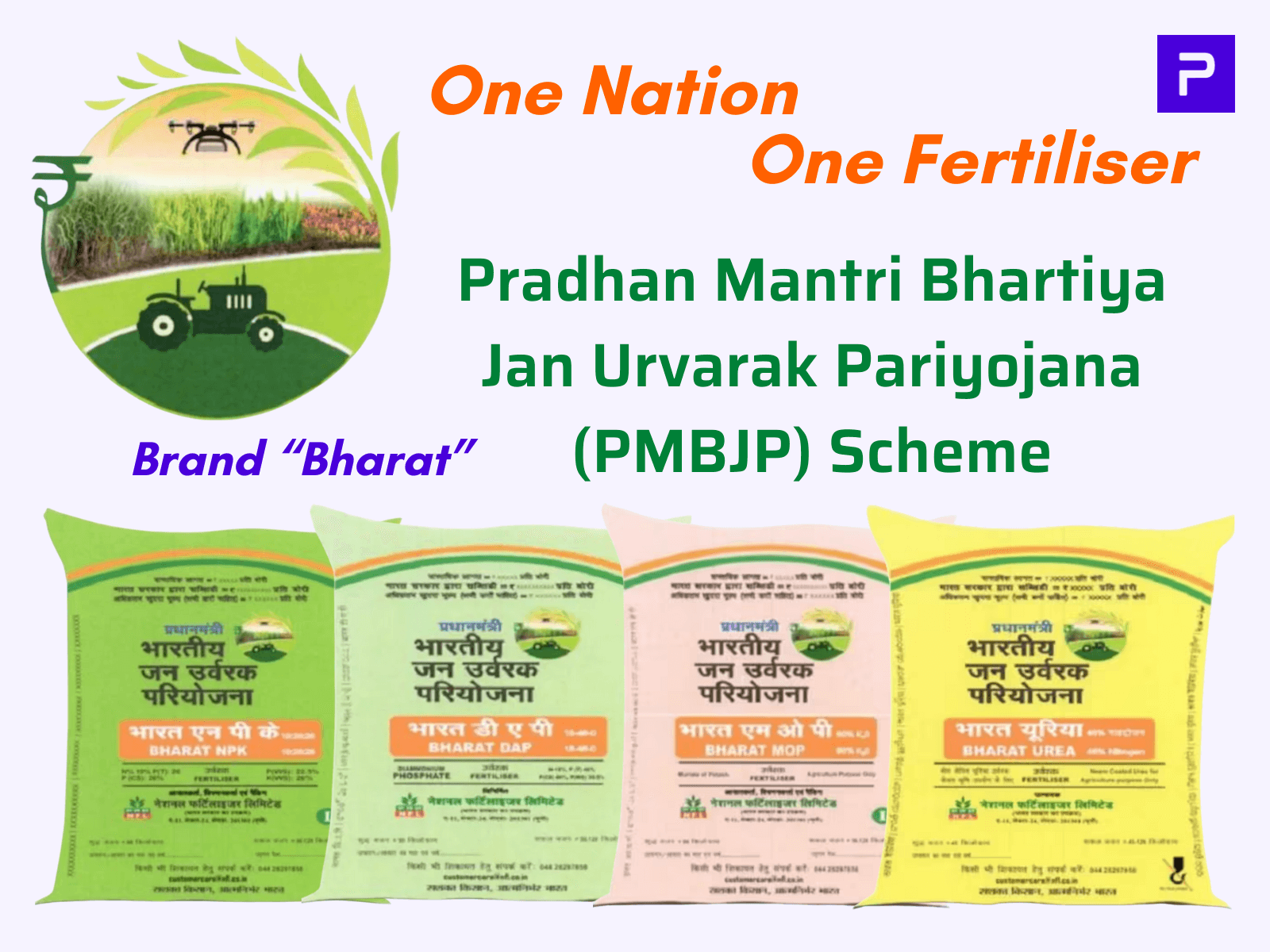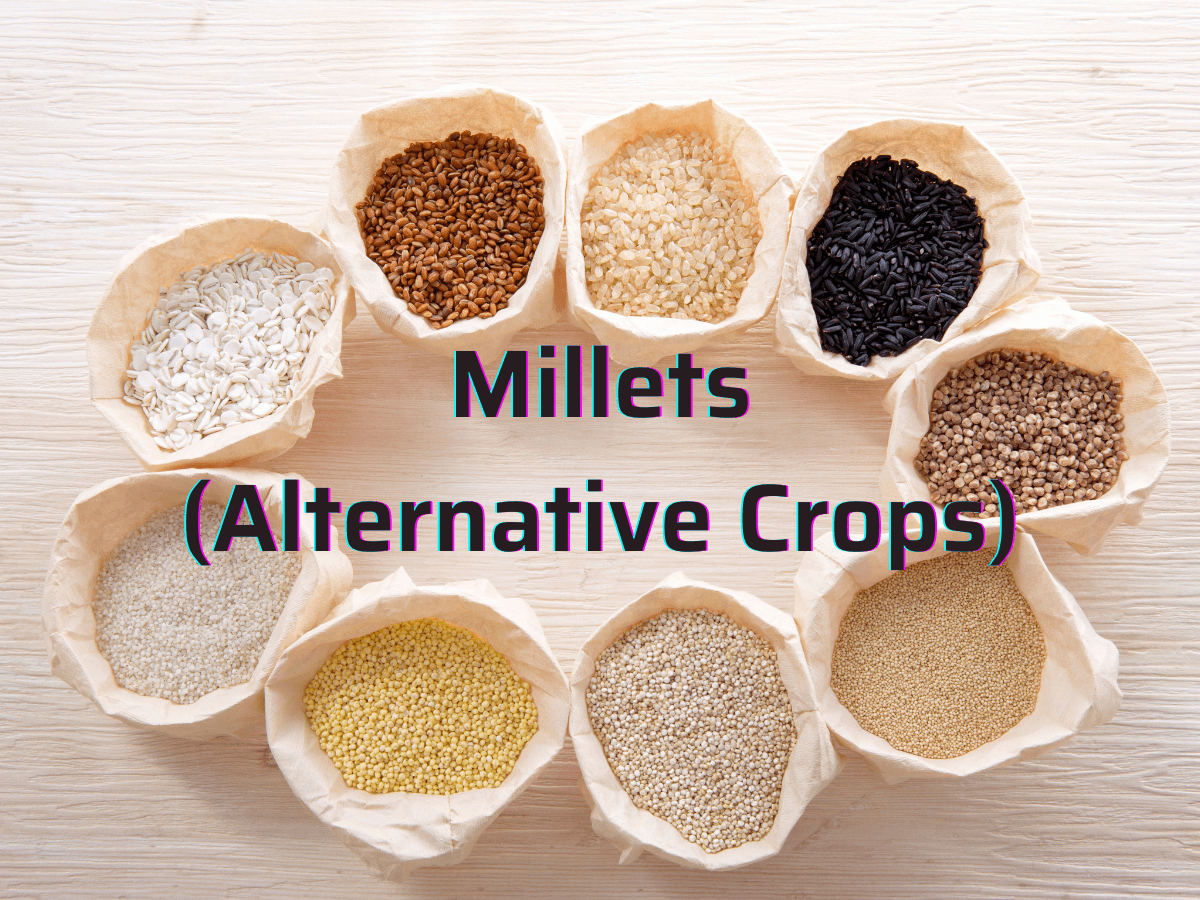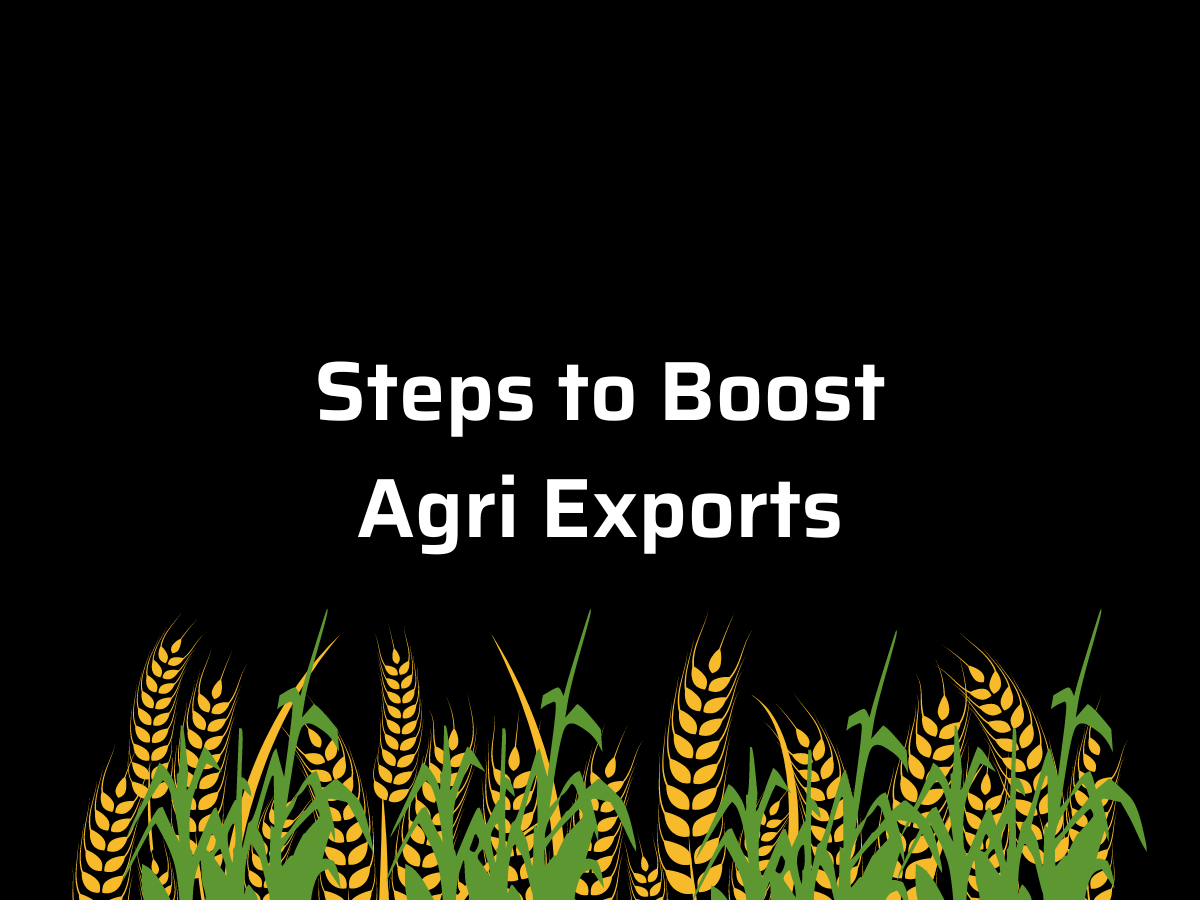
Fertiliser Subsidy, Nutrient Based Subsidy, PMBJY
Subscribe to Never Miss an Important Update! Assured Discounts on New Products!
Must Join PMF IAS Telegram Channel & PMF IAS History Telegram Channel
Urea Subsidy Scheme
- Urea is sold at statutorily notified uniform MRP. It is being provided to the farmers at an MRP of Rs. 242 per 45 kg bag of urea (exclusive of neem coating charges and applicable taxes).
- The difference between the delivered cost of urea to the farmer and net market realisation by the urea units is given as a subsidy to the urea manufacturer/importer by the Centre.
Nutrient Based Subsidy (NBS) Scheme
- The NBS scheme is being implemented since 2010 by the Department of Fertilisers, Ministry of Chemicals and Fertilisers.
- Under the scheme, fertilisers are provided at subsidised rates based on the nutrients contained, namely Nitrogen (N), Phosphate (P), Potash (K) and Sulphur (S). It does not include urea-based fertilisers.
- Moreover, fertilisers fortified with secondary nutrients and micronutrients (sulphur, zinc, boron, iron, manganese, and copper) are given additional subsidies.
- A fixed rate of subsidy (in ₹per Kg basis) is announced on nutrients (N, P, K & S) by the government annually.
- Objectives of the NBS scheme:
- To ensure the nation’s food security
- To improve agricultural productivity
- To ensure the balanced application of fertilisers
How Is The NBS Fertilizer Subsidy Paid & Who Gets It?
- Farmers buy non-urea fertilisers at MRPs below their standard supply-and-demand-based market rates or what it costs to produce/import them. The Centre foots the difference as a subsidy.
- The subsidy under NBS goes to fertiliser companies, although its ultimate beneficiary is the farmer who pays MRPs less than the market-determined rates.
- Since 2018, the subsidy is being paid through a Direct Benefit Transfer (DBT) system after the actual sale of fertilisers to farmers by retailers (there are over 2.3 lakh retailers across India).
- Each retailer has a point-of-sale (PoS) machine linked to the Department of Fertilisers’ e-Urvarak DBT portal. Farmers are required to furnish his/her Aadhaar or Kisan Credit Card number.
- The quantities of the individual fertilisers purchased, along with the buyer’s name & biometric authentication, must be captured on the PoS device.
- A company’s subsidy claim is processed weekly for sales registered on the e-Urvarak platform (the Integrated Fertiliser Management System (iFMS) that monitors fertiliser movement).
Fertilizer Imbalance Issue with NBS Scheme
- Urea is not included in the NBS scheme and remains under price control (MRP is officially fixed). On the other hand, the MRPs of non-urea fertilisers under the NBS scheme are decontrolled (fixed by the companies). Thus, they retail way above urea while attracting lower subsidies. This has led the farmers to use more urea, worsening the fertiliser imbalance.
Issues With Fertilizers Subsidy Schemes (NBS and Urea Subsidy)
Environmental and Economic Cost
- Fertilizer subsidy is the second-biggest subsidy after food subsidy. Schemes like NBS promote the injudicious use of fertilisers, which are the major emitters of nitrous oxide (N2O — a potent greenhouse gas and ozone-depleting substance), damaging the soil health and the fiscal health of the economy.
- The current ratio of NPK (desirable ratio of is 4:2:1) in agricultural soil in several states is skewed towards nitrogen. This imbalance causes widespread deficiency of secondary nutrients and micronutrients and soil alkalinity and salinity.
Measures Required
- The government must bring reforms to promote the balanced use of fertilisers and make efforts to do away with fertiliser subsidies in the coming years.
- To begin with, it must introduce a decontrol measure (don’t fix the MRP, leave it to the market) in the urea sector. Gradually, fertiliser subsidies must be replaced with Direct Benefit Transfers to farmers.
- Simultaneously, efforts must be made to promote organic manure, bio-fertilisers, and city compost as they come with a much lower environmental footprint than synthetic fertilisers. They increase organic soil carbon and support microbial life. They also promote more efficient use of synthetic fertilisers.
One Nation, One Fertiliser Scheme
- Union Ministry of Chemicals and Fertilisers announced the implementation of the “Pradhan Mantri Bhartiya Jan Urvarak Pariyojana (PMBJP) – One Nation One Fertiliser” scheme.
- Under the scheme, all fertiliser manufacturers under the fertiliser subsidy scheme will be required to use a single brand and logo for fertilisers.
- The single brand name under this scheme will be “Bharat”, and the logo will be the PMBJP logo. The single brand name for UREA, DAP, MOP and NPKS etc., would be BHARAT UREA, BHARAT DAP, BHARAT MOP, etc.
- The new “Bharat” brand name and PMBJP logo will cover two-thirds of the front of the fertiliser packet. The manufacturing brands can display their information only on the remaining one-third space!

Rationale behind the Scheme
- Standardisation: It eliminates the dilemma of farmers in choosing one of the many brands available in the market.
- Recognition: Despite taking huge subsidies in production, fertiliser manufacturers sale the fertilisers under their brand identity and not under the government name.
- Affordability: Due to using only a single brand name, there will be no added attraction for any particular brand. So, fertilisers can be made available to farmers very quickly at affordable prices.
- Reduction in Freight Charges: The presence of different brand-wise demands for fertilisers in specific areas results in high transport costs and freight subsidies. But when there is only one brand, the different brand-wise demand will not be there because there will be less freight movement.
Criticisms against the Scheme
- Adverse Impact on Fertilisers Quality: Since there is less scope for building a unique brand identity, it will discourage manufacturers from bringing newer and more efficient products into the market.
- Hindrance for Attaining Self-sufficiency in Fertilisers: The government wants to become self-sufficient in fertilisers, which are currently imported in large quantities. But without any impetus for manufacturers to improve their production, this target cannot be achieved.













